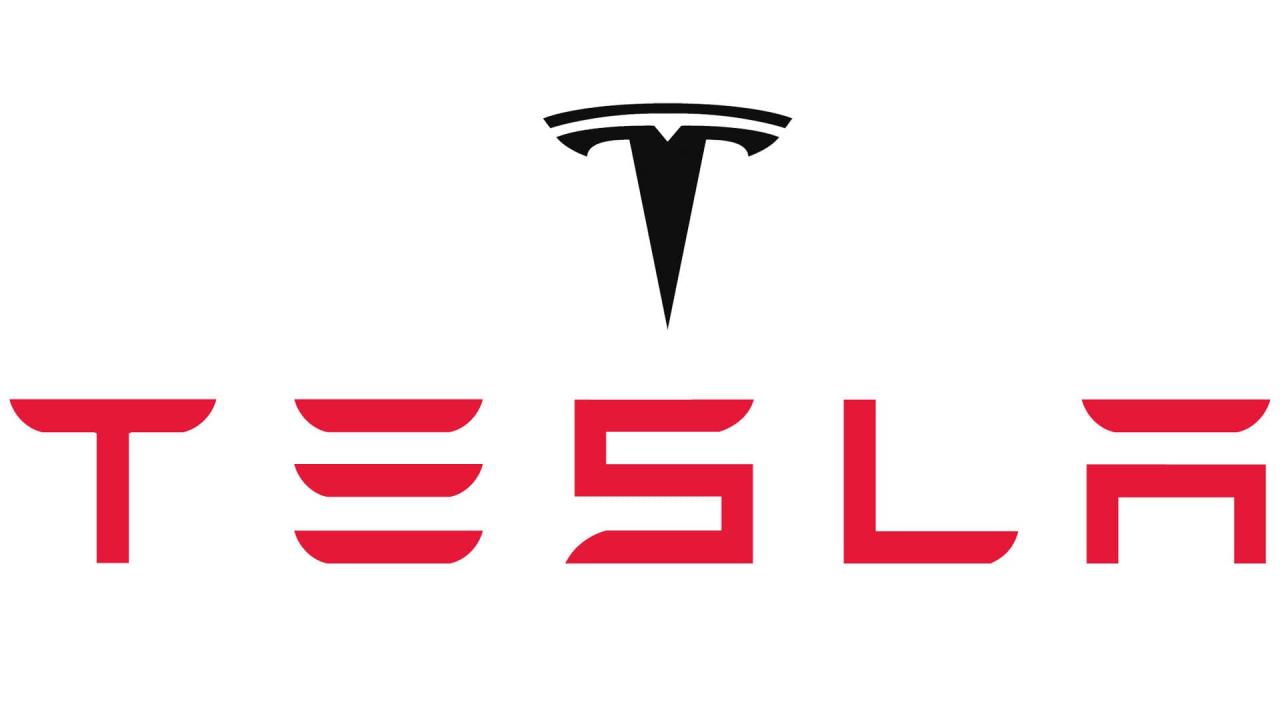
The Tesla Earnings Conference Call is a highly anticipated event that provides investors and analysts with a comprehensive overview of the company’s financial performance, product updates, and future plans. This in-depth analysis will delve into the key takeaways from the call, offering insights into Tesla’s financial trajectory, technological advancements, and competitive landscape.
As Tesla continues to revolutionize the electric vehicle industry, this conference call serves as a roadmap for understanding the company’s growth strategy and its potential impact on the broader automotive market.
Tesla Financial Performance

Tesla reported strong financial performance in the fourth quarter of 2022, driven by increased production and deliveries of its electric vehicles. Revenue for the quarter reached $24.3 billion, a 37% increase year-over-year. Earnings per share (EPS) came in at $1.19, exceeding analyst expectations.
Net income for the quarter was $3.7 billion, a 59% increase compared to the same period last year.
Tesla’s financial performance has outpaced that of its competitors in the electric vehicle market. For example, in the fourth quarter of 2022, Tesla’s revenue growth was significantly higher than that of Ford and General Motors. Tesla’s EPS also exceeded that of its competitors, demonstrating the company’s profitability and strong financial position.
Factors Driving Tesla’s Financial Results
- Increased production and deliveries of Tesla’s electric vehicles, particularly the Model 3 and Model Y.
- Higher average selling prices due to increased demand for Tesla’s vehicles and the introduction of new models with higher price points.
- Cost reductions through operational efficiency improvements and economies of scale.
- Government incentives and tax credits for electric vehicles in various markets.
Product Updates

Tesla recently announced several new product updates, including the launch of the new Model S and Model X Plaid variants, as well as the Cybertruck and Semi.
Potential Impact on Tesla’s Market Share
The launch of these new products is expected to have a positive impact on Tesla’s market share in the electric vehicle market. The Model S and Model X Plaid variants offer improved performance and range, while the Cybertruck and Semi are expected to appeal to new customer segments.
Key Features and Specifications of Tesla’s New Products
Model S and Model X Plaid
- Tri-motor all-wheel drive with a combined output of over 1,000 horsepower.
- 0-60 mph acceleration in under 2 seconds.
- Range of up to 405 miles for the Model S Plaid and 396 miles for the Model X Plaid.
Cybertruck
- Futuristic design with a stainless steel exoskeleton.
- Range of up to 500 miles.
- Towing capacity of up to 14,000 pounds.
Semi
- Electric semi-truck with a range of up to 500 miles.
- Payload capacity of up to 80,000 pounds.
- Advanced driver assistance systems, including Autopilot and Full Self-Driving.
Production and Delivery Targets
Tesla has set ambitious production and delivery targets for the coming years. The company aims to produce 20 million electric vehicles per year by 2030, up from approximately 1.3 million vehicles produced in 2022.
Challenges and Opportunities
Tesla faces several challenges in meeting its production and delivery targets, including supply chain disruptions, labor shortages, and competition from other electric vehicle manufacturers. However, the company also has several opportunities to increase production, such as expanding its manufacturing capacity and improving its production efficiency.
Outlook for Tesla’s Future Production and Delivery Capacity
Tesla is investing heavily in expanding its manufacturing capacity. The company is building new factories in Texas, Berlin, and Shanghai, and it is also increasing production at its existing factories. These investments are expected to significantly increase Tesla’s production and delivery capacity in the coming years.
Competitive Landscape
Tesla operates in a competitive electric vehicle market, with several established and emerging players. Key competitors include Ford, General Motors, Volkswagen, and BYD.
Tesla’s Competitive Advantages
- Strong brand recognition and customer loyalty.
- Advanced technology, including its electric powertrain and Autopilot driver assistance system.
- Efficient manufacturing processes and economies of scale.
Tesla’s Competitive Disadvantages
- Higher prices compared to some competitors.
- Production and delivery delays.
- Concerns about the quality and reliability of its vehicles.
Potential Impact of Competition
Competition in the electric vehicle market is expected to intensify in the coming years. This could lead to lower prices, improved quality, and more choice for consumers. However, it could also make it more difficult for Tesla to maintain its market share and profitability.
For a refreshing twist, mix up a 21 seeds cucumber jalapeño tequila recipe . The perfect blend of sweet, spicy, and savory, this cocktail will quench your thirst and tantalize your senses with every sip.
Regulatory Environment

The regulatory environment for electric vehicles is evolving rapidly. Governments around the world are implementing policies to promote the adoption of electric vehicles, such as tax credits, subsidies, and emissions regulations.
Potential Impact of Regulatory Changes
Regulatory changes can have a significant impact on Tesla’s business. For example, increased government support for electric vehicles could boost demand for Tesla’s vehicles. However, stricter emissions regulations could also increase the cost of producing Tesla’s vehicles.
Key Regulatory Risks and Opportunities, Tesla earnings conference call
- Government incentives and tax credits for electric vehicles.
- Emissions regulations and fuel economy standards.
- Safety regulations for autonomous vehicles.
Last Point: Tesla Earnings Conference Call
In conclusion, the Tesla Earnings Conference Call provided valuable insights into the company’s financial health, product roadmap, and competitive positioning. Tesla’s strong financial performance, innovative product offerings, and ambitious production targets position it well for continued growth and leadership in the electric vehicle market.
Investors and analysts alike will eagerly await future conference calls to monitor the company’s progress and assess its ability to capitalize on the rapidly evolving automotive landscape.
Essential Questionnaire
What key financial metrics did Tesla report?
Tesla reported revenue, earnings per share (EPS), and net income, providing insights into its financial performance.
Feeling a bit fancy? Try out this crab brulee recipe for a luxurious treat. It’s like a culinary masterpiece that will impress your taste buds and leave you craving for more.
What new product announcements did Tesla make?
Tesla provided an overview of its latest product announcements, discussing their potential impact on market share and key features.
What are Tesla’s production and delivery targets?
Tesla analyzed its production and delivery targets, discussing challenges and opportunities in meeting these goals and providing an outlook for future capacity.
Who are Tesla’s key competitors in the electric vehicle market?
Tesla identified its key competitors, comparing its competitive advantages and disadvantages and discussing the potential impact of competition.





